Water spots on ceiling can be a sign of leaks or improper drainage, which can cause serious damage to the room. They also significantly spoil the appearance of the interior, creating an impression of untidiness and neglect.
Early detection and elimination of water stains are essential to preventing further problems. If the cause of water stain is not eliminated, the stains can spread and become larger, leading to mold or fungal growth. The presence of a stain on the ceiling can potentially cause damage to the structure of the ceiling and walls, leading to the formation of cracks.
Additionally, it can pose health risks to individuals, as the stain may be indicative of harmful fungal spores, which can contribute to allergies or respiratory diseases.
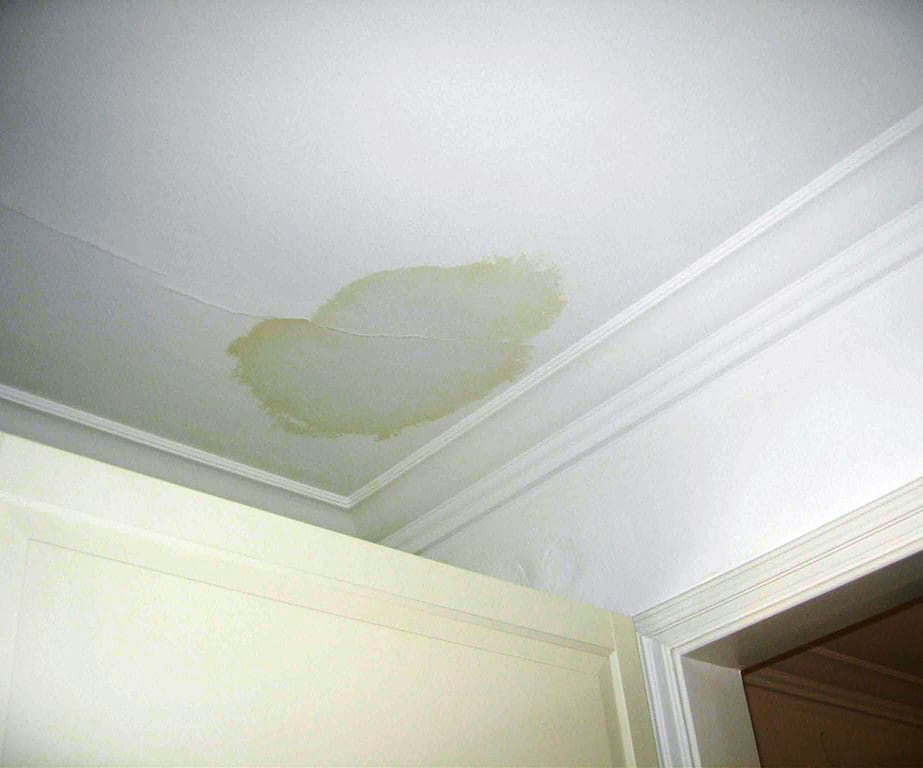
The Main Causes Of Water Spots On The Ceiling
Roof Leak
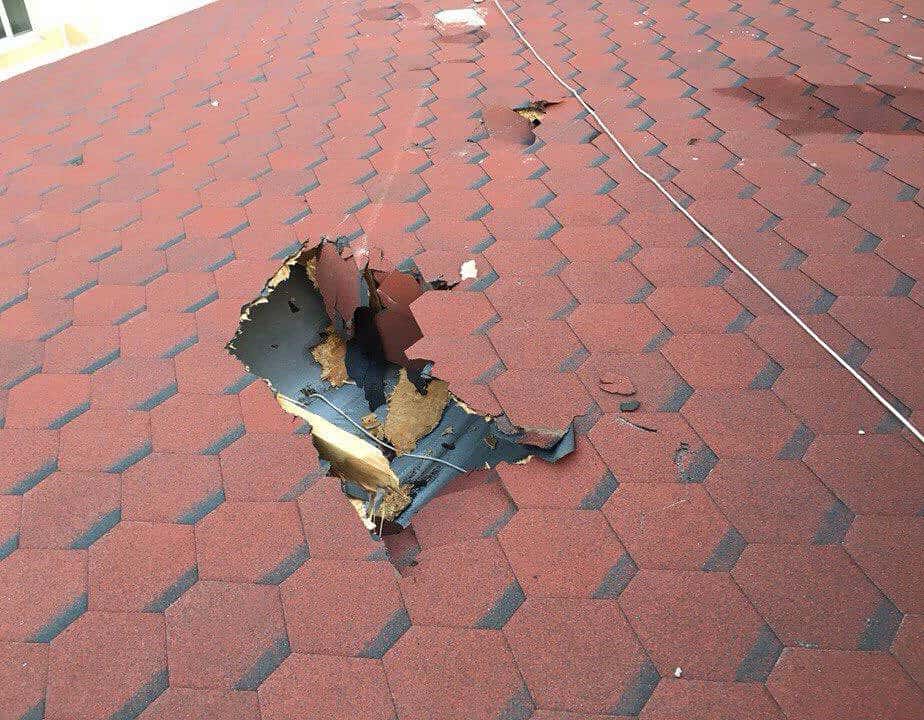
Ceiling Water Stains Indicate Roof Leaks
A leaking roof or pipe can be damaged by water for several reasons. Pay attention to these signs:
Material wear and tear: A roof can wear out over time and lose its water tightness. This is especially common with roofs covered in shingles or bitumen.
Damage from natural disasters: Strong winds, hail, snowfall, or storms can damage a roof and create holes or cracks.
Improper installation or repair: If the roof has not been properly installed or poorly repaired, this can lead to leaks.
Clogged gutter systems: If gutters and downspouts are clogged with leaves, debris, or other obstructions, water can stagnate on the roof and enter through areas of weakness.
Mechanical damage: Falling trees, lightning strikes, or other mechanical impacts can cause damage to the roof and lead to leaks.
Insufficient insulation: If the roof is insufficiently insulated, this can lead to condensation and subsequent leaks.
Rov vents: roof vents can leak, especially if they have not been properly installed, maintain a poor seal or have been damaged. Leaky vents can cause water to enter the building, which can cause damage to ceilings, walls and other structural elements.
Hints:
- Free roof inspection. If you do not find anything, contact a specialist.
- Most commercial buildings have many skylights, roof vents, and plumbing vents on their roofs.
When is a ceiling stain not indicative of a roof leak? Read on!
Condensation And Insufficient Ventilation
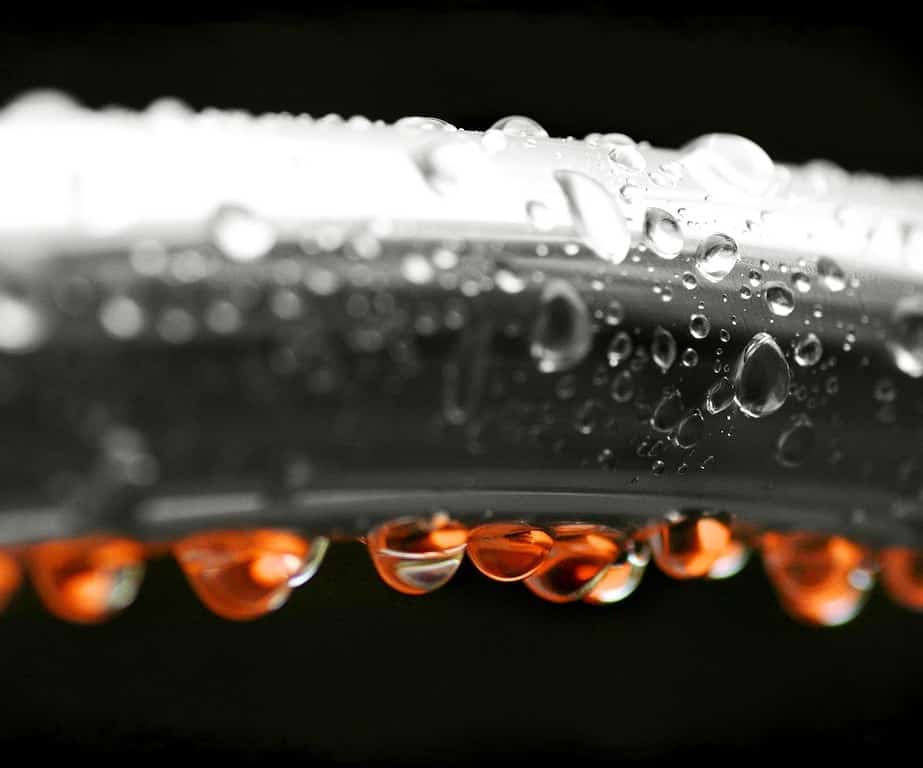
Look Out For The Following Signs:
High humidity: If the humidity in the room is very high, the air becomes saturated with moisture. If there is insufficient ventilation, this moisture can accumulate on surfaces, including the ceiling, and cause stains.
Steam condensation: If there is frequent use of hot water in the room (e.g., in the bathroom or kitchen), steam can condense on cold surfaces such as the ceiling if there is insufficient ventilation. This can cause stains.
Poor insulation: If the ceiling is poorly insulated, moisture from the environment can penetrate and accumulate on its surface. This can also cause stains to appear.
Problems With Air Conditioning Or Heating System
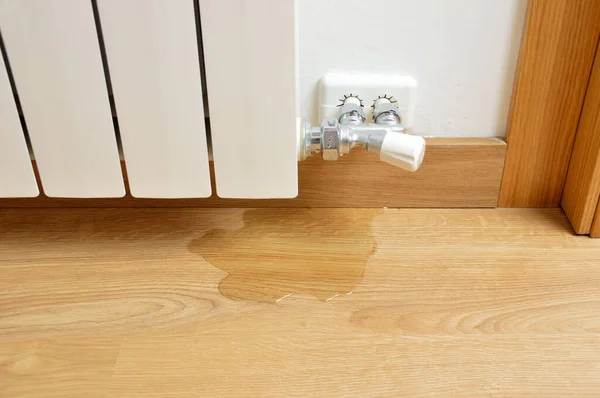
Here Are Some Of Them:
Improper maintenance: If the air conditioning or heating system does not receive regular maintenance, this can lead to concerns. Clogged filters, dirty ventilation ducts, or faulty components can cause the system to malfunction.
Insufficient refrigerant or coolant: If the air conditioning unit does not have enough refrigerant or the heating system does not have enough coolant, they may not work properly or even fail completely.
Damage or wear and tear to the components: Air conditioners and heating systems contain many components, such as compressors, fans, thermostats, etc. Damage or wear on these components can cause difficulties with their function.
Electrical difficulties: incorrect connection, overloaded mains, damaged wiring, faulty equipment, mains voltage issues.
Incorrect Location Of The Drainage System
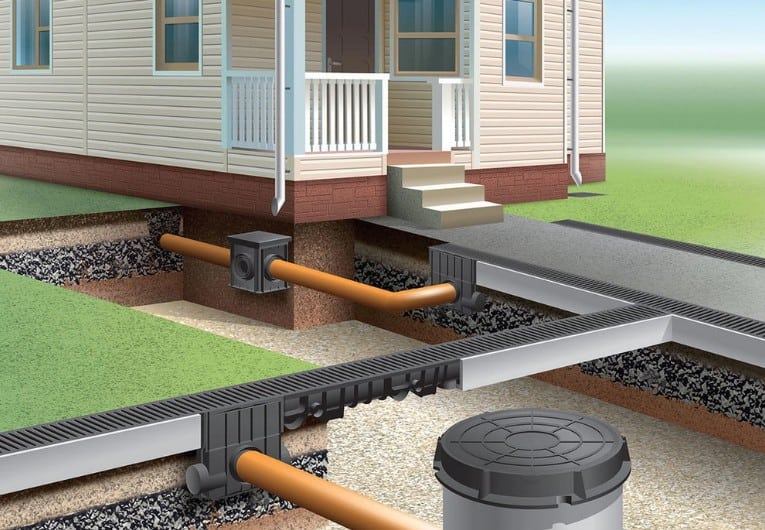
If You Have Stains On Your Ceiling That Could Be Due To An Improperly Positioned Gutter System, There Are Several Possible Causes:
Clogged gutters: If gutters are clogged with leaves, debris, or other materials, water can overflow and look for an alternative drainage path. This can lead to excessive moisture and stains on the ceiling.
Lack of or insufficient installation of a water drainage system: If drains or gutters have not been installed correctly or are inadequate for the needs of your building, this can lead to improper water drainage. Excess moisture can accumulate around the building foundation and enter through the ceiling.
Damaged Walls And Windows

If You Get Get Spots On The Ceiling Due To Damage To Walls Or Windows, Here Are Some Possible Causes:
Leaky windows: Poor sealing of window frames and joints can cause water to seep in. If the window has cracks, damage, or discrepancies, rainwater can penetrate through them and run down the walls, eventually causing stains on the ceiling.
Leaks through walls: If the walls have damage, such as cracks, peeling wallpaper, or problems with waterproofing, water can penetrate through them and seep onto the ceiling. This can be caused by damaged plumbing, leaking pipes, or flooding in neighboring rooms.
Condensation inside walls: Improper wall insulation can cause condensation to form inside walls. This can occur when warm air from a room passes through the walls and then condenses on the cold wall surface, leading to dampness and stains on the ceiling.
Leaks from neighbors: If you have neighbors upstairs, leaks from their flat can cause stains on the ceiling of your room. This could be due to problems with their plumbing system, such as leaking water from sinks, toilets, or showers.
Construction Defects
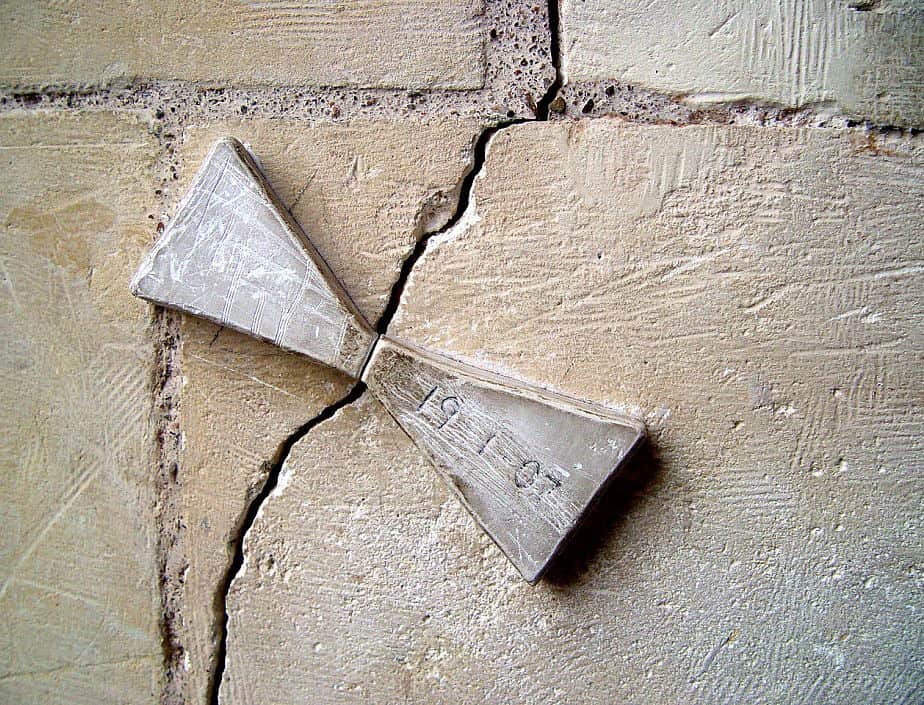
If You Get Get Spots On The Ceiling Due To Damage To Walls Or Windows, Here Are Some Possible Causes:
When the joints between the ceiling and wall elements are not sealed properly, moisture can seep in and infiltrate through them. This can be caused by incorrectly selected or poorly applied sealing materials or by installation errors.
Moisture seepage and water ingress through joints can cause stains warm water to stain on the ceiling, walls and ceilings as well as damage to finish materials such as wallpaper, paint, plaster, and plasterboard. Stains can be visible traces of moisture or can appear as mold and fungus, especially if the conditions of water stain are favorable for their growth and development.
Other consequences of inadequately sealed joints between ceiling tiles and wall elements include leakage of heat and energy. Loose joints allow cold or air vents or hot air to enter from outside, which can lead to energy loss and inefficient use of the heating or air conditioning system.
How Do I Eliminate Wet Spots On The Ceiling?
There are several steps you should follow to eliminate wet spots on the wall paint and water leaks in the ceiling paint:
Under the ceiling stain, lay a drop cloth.
Determine the cause of the stain or moisture: Before you can get bleach solution to start removing the stains, you must find out and eliminate the source of the moisture. Possible causes could be a roof leak, plumbing or electrical damage, or condensation.
Check the roof leaks: If the root cause of the dampness is a roof leak, inspect the roofing and locate the leak. If you are inexperienced with roof repairs, it is advisable to contact a professional.
Eliminate the source of plumbing leak or the moisture: Once the source of water leak or the moisture has been found, it must be repaired. Repairing damaged roofs shower drains or pipes may require professional help. If condensation is the cause of the dampness, consider installing good ventilation or a humidifier.
Dehumidifier stains: Once the source of moisture has been eliminated, stains on the ceiling need to be dried completely dry again. Fans or even commercial dehumidifiers can be used to speed up the drying process of ceiling stains.
Paint the ceiling: A number of homeowners attempt to get rid of water stains by painting over them, using paint that contains bleach, or using some sort of bleach mixture. If there are stains on the ceiling and walls or stains left after drying, it is recommended to repaint the ceiling When choosing paint, pay attention to water resistance and the prevention of mold. A simple version of painting from a spray bottle. This will work just fine if you just want to cover water stains.
Note that in cases of serious damage or if you are unsure of your skills, it is best to seek help from professionals, such as a builder or a roofing material repair specialist fix ceiling stains.
Stain blocking primer: For stain protection for water stains on surfaces, a primer or clear coat is usually used to prevent moisture and liquids from penetrating the material.
All affected ceiling tiles or drywall should be removed and replaced.
Conclusion
When the ceiling is not leaking water, it is an indication that the roof and gutter system are in good condition. However, this does not mean that the ceiling does not need attention. Regular maintenance and cleaning will help maintain its original appearance and prevent potential problems from developing!